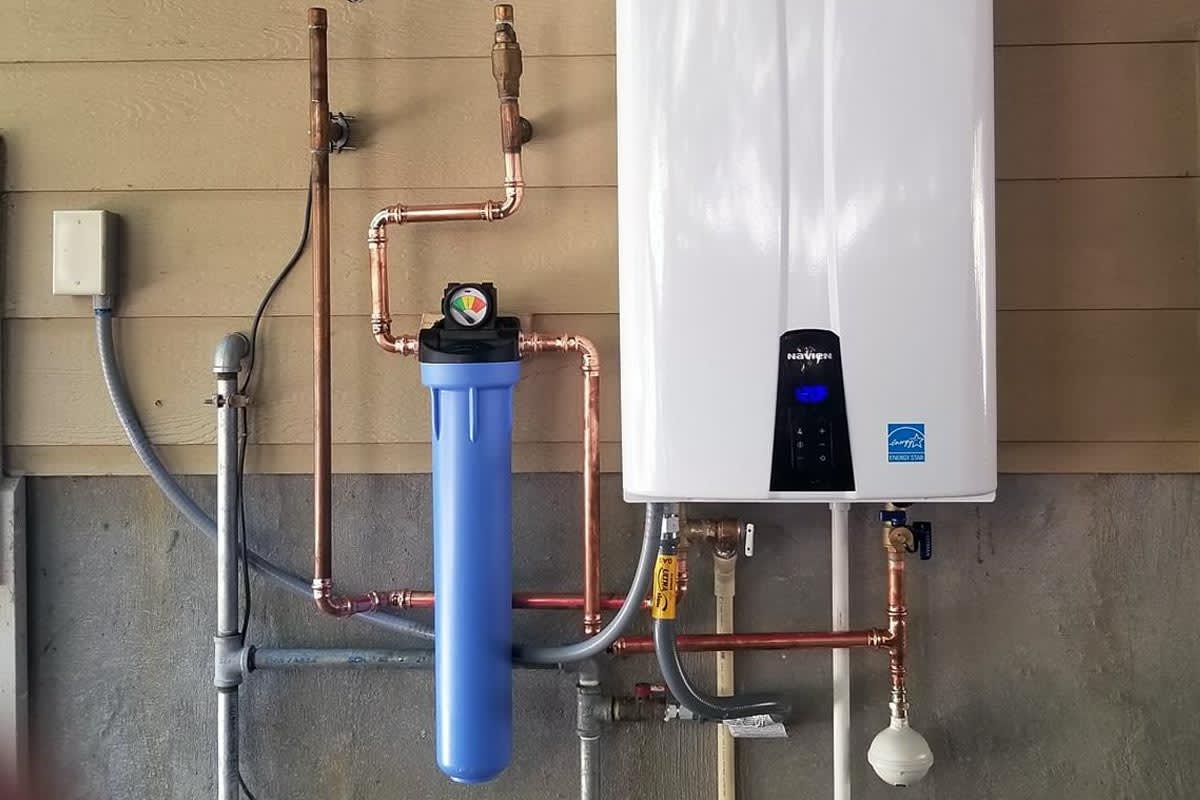Caring for Your Home's Hot Water System: Key Guidelines
Caring for Your Home's Hot Water System: Key Guidelines
Blog Article
The publisher is making a few great points regarding Tips For Maintaining Your Hot Water Heater as a whole in the article underneath.

Hot water is necessary for daily comfort, whether it's for a refreshing shower or washing meals. To ensure your warm water system runs successfully and lasts longer, routine upkeep is key. This post provides useful pointers and insights on exactly how to maintain your home's hot water system to stay clear of interruptions and costly fixings.
Introduction
Keeping your home's hot water system may appear difficult, yet with a few basic actions, you can ensure it runs smoothly for many years ahead. This guide covers whatever from recognizing your hot water system to DIY maintenance ideas and recognizing when to hire expert aid.
Importance of Preserving Your Warm Water System
Normal maintenance not only prolongs the life expectancy of your warm water system but likewise guarantees it runs efficiently. Overlooking upkeep can bring about reduced performance, higher energy expenses, and also early failing of the system.
Signs Your Hot Water System Requirements Maintenance
Understanding when your warm water system requires focus can prevent major problems. Watch out for indicators such as irregular water temperature level, odd sounds from the heater, or rustic water.
Purging the Hot Water Heater
Flushing your hot water heater gets rid of sediment buildup, improving efficiency and extending its life.
Checking and Replacing Anode Rods
Anode rods prevent deterioration inside the container. Evaluating and changing them when worn is vital.
Complicated Problems Calling For Expert Assistance
Instances consist of significant leakages, electric issues, or if your hot water heater is constantly underperforming.
Regular Expert Maintenance Advantages
Expert maintenance can consist of detailed evaluations, tune-ups, and ensuring compliance with safety criteria.
Evaluating and Readjusting Temperature Setups
Adjusting the temperature level setups makes sure ideal performance and safety.
DIY Tips for Upkeep
You can execute a number of upkeep jobs on your own to keep your hot water system in top condition.
Looking for Leakages
On a regular basis evaluate pipes and connections for leakages, as these can cause water damage and higher costs.
Recognizing Your Warm Water System
Before diving into maintenance tasks, it's handy to comprehend the fundamental components of your warm water system. Normally, this includes the water heater itself, pipes, anode rods, and temperature controls.
Month-to-month Upkeep Tasks
Regular month-to-month checks can aid catch small concerns before they escalate.
Examining Stress Relief Valves
Examining the pressure safety valve guarantees it works appropriately and avoids excessive pressure buildup.
Shielding Pipes
Insulating warm water pipes minimizes heat loss and can conserve energy.
When to Call a Specialist
While DIY upkeep is helpful, some issues call for professional know-how.
Conclusion
Normal maintenance of your home's warm water system is vital for performance, durability, and price financial savings. By complying with these tips and understanding when to look for expert aid, you can guarantee a trustworthy supply of warm water without unforeseen disturbances.
How to Maintain an Instant Hot Water Heater
Before tinkering with your hot water heater, make sure that it’s not powered on. You also have to turn off the main circuit breaker and shut off the main gas line to prevent accidents. Also turn off the water valves connected to your unit to prevent water from flowing into and out of the appliance. 2. When you’re done, you have to detach the purge valves’ caps. These look like the letter “T†and are situated on either side of the water valves. Doing so will release any pressure that has accumulated inside the valves while at the same time avoid hot water from shooting out and burning your skin. 3. When the purge valves’ caps are removed, you have to connect your hosing lines to the valves. Your unit should have come with three hoses but if it didn’t, you can purchase these things from any hardware or home repair shops. You can also get them from retail stores that sell water heating systems. Read the user’s manual and follow it to complete this task properly. When the hosing lines are connected, open the purge port’s valves. 4. You should never use harsh chemical cleaners or solutions when cleaning your unit. Make use of white vinegar instead. It should be undiluted and you’ll probably use about 2 gallons. 5. Now flush your water heater. This task should probably take about 40 minutes. We can’t give you specific directions for this because the procedure is carried out depending on the type, model and brand of your heater. With that being said, refer to the user’s manual. 6. When you’re done draining the unit, you have to turn off the purge port valves again. Remove the hosing lines that you earlier installed on each of the water valves. Put the valve caps (purge port) back in their respective places and be very careful so as not to damage the rubber discs that are found inside these caps. 7. Now that everything’s back in place, check your user’s manual again to find out how to reactivate your water heating system. 8. Once it is working, turn one of your hot water faucets on just to let air pass through the heater’s water supply pipes. Leave the tap on until water flows smoothly out of it. https://www.orrplumbing.com/blog/2014/september/how-to-maintain-an-instant-hot-water-heater/

As a person who reads about Tips on Maintaining a Water Heater, I think sharing that section was important. In case you liked our post kindly consider to share it. We appreciate reading our article about Tips on Maintaining a Water Heater.
Click Here Report this page